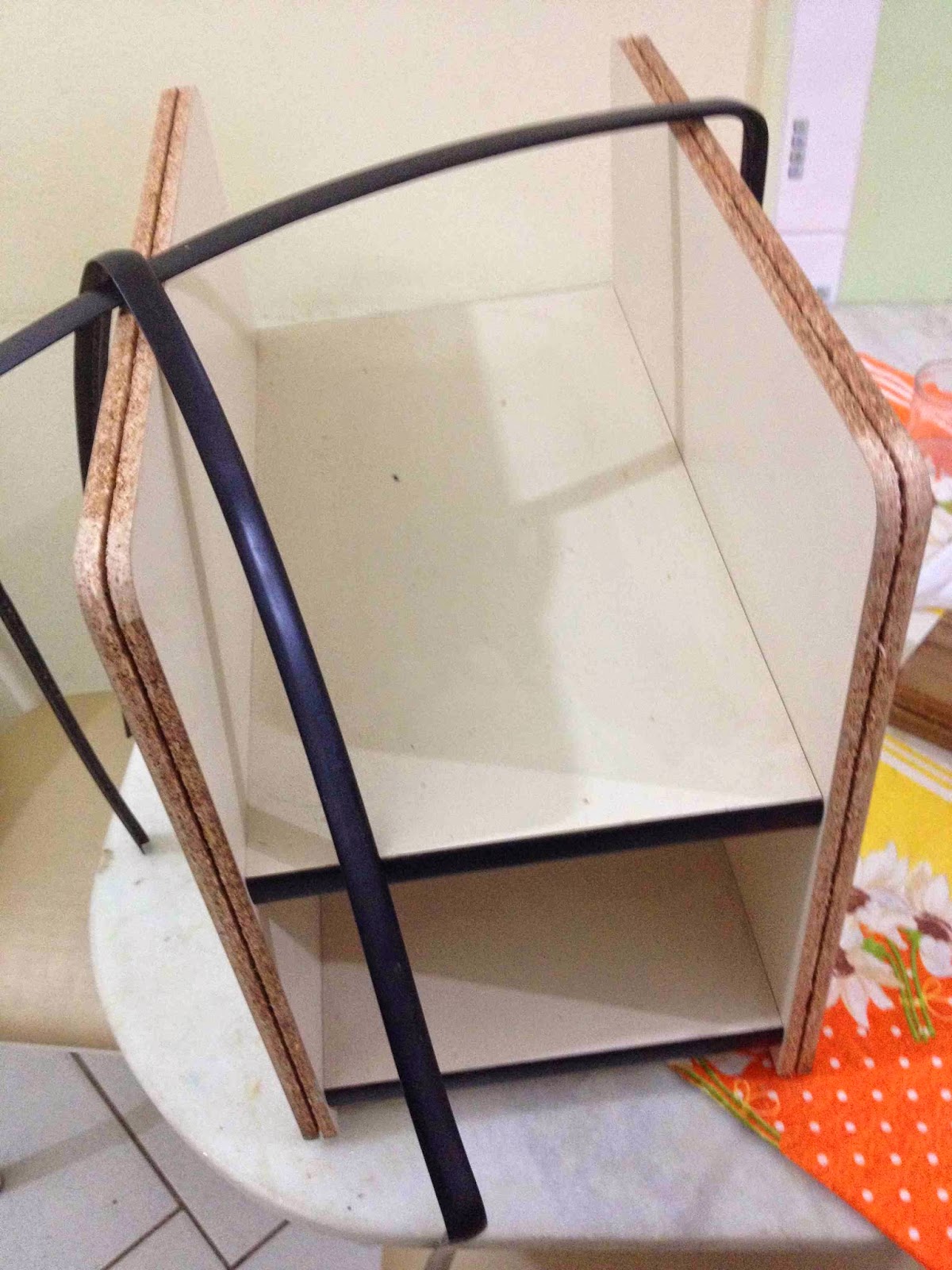Based on various projects available on the internet, why not make your own?
We use this case:
1 Wooden box
1 80mm Fan @ 12Vdc
1 Circuit Speed Controller
1 HD magnet
1 power source 12Vdc/500mA - Saved from a older router.
1 on / off switch
4 screws
8 nuts
Some wires, tools, Gorilla Glue.
For the speed controller, there are several options, from a simple potentiometer until to a PWM circuit using an 555 IC.
I chose the PWM method for speed control, because the accuracy of rotation required as the substances used.
Usually, the potentiometer is used for adjusting the speed of rotation and the value of this depends on the potentiometer control circuit chosen.
Example of "simple" circuit
http://www.instructables.com/id/Make-your-own-Magnetic-Stirrer-2S/?lang=pt
Example of PWM circuit
http://www.instructables.com/id/Very-simple-PWM-with-555Modulate-every-thing/
http://www.instructables.com/id/Yet-Another-Simple-Pot-controlled-555-PWM-generato/
First step, perform the necessary drilling in the box, taking care to keep the drilling of the fan, centralized.
Install the chosen circuit, as well as potentiometer and key in the holes made.
Glue magnets on the fan, as centered as possible, avoiding the propeller unbalance.
Connect the fan to the previously installed circuit. To position the fan to the desired height, adjust the screw nuts support.
The maximum speed achieved depends primarily used the magnet, and the viscosity of the substance.
We can test this circuit, using a magnetic stir bar and Erlenmeyer.
First Test:




















































